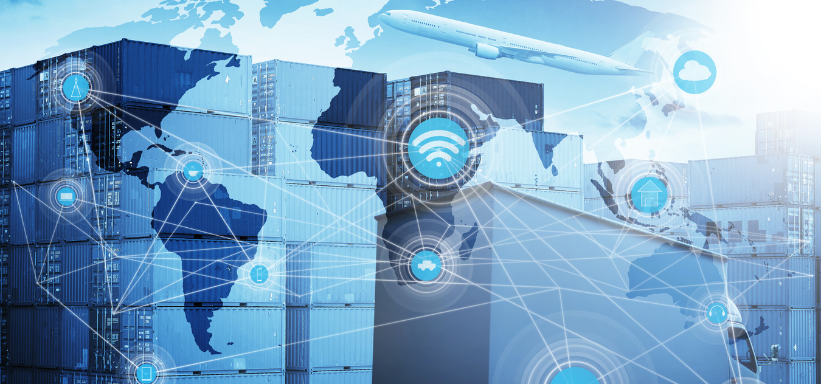Executive Summary
-
AI technology is revolutionizing global logistics by enhancing sustainability.
-
Improved efficiency and reduced carbon emissions are primary benefits.
-
Challenges include data privacy concerns and high implementation costs.
-
Case studies illustrate successful AI integration in logistics.
-
Strategic insights and tools help businesses transition to sustainable practices.
Introduction
In today’s fast-paced world, the demand for efficient and sustainable logistics solutions is at an all-time high. As businesses face increasing pressure to reduce their carbon footprints, Artificial Intelligence (AI) emerges as a transformative force in global logistics. This article delves into how AI is driving sustainability, offering businesses a pathway to environmental responsibility without sacrificing efficiency. Readers will learn about the benefits, challenges, and strategic insights necessary for integrating AI into their logistics frameworks.
Definitions / Context
AI-driven sustainability in logistics refers to the use of artificial intelligence technologies to optimize supply chain operations, reducing environmental impact while maintaining or improving service levels. This encompasses predictive analytics, autonomous vehicles, and smart warehousing.
Benefits / Pros
-
Increased Efficiency: AI optimizes route planning, reducing fuel consumption and delivery times.
-
Reduced Carbon Emissions: By streamlining operations, AI minimizes unnecessary energy expenditure.
-
Cost Savings: Automation and predictive analytics lower operational costs and improve profit margins.
-
Enhanced Decision-Making: AI tools provide real-time insights, allowing for proactive adjustments to supply chain disruptions.
Risks / Cons / Challenges
-
Data Privacy Concerns: The collection and use of vast amounts of data raise security and privacy issues.
-
High Implementation Costs: Initial investment in AI technologies can be prohibitive for smaller businesses.
-
Complexity of Integration: Aligning AI solutions with existing systems requires significant effort and expertise.
Step-by-Step Process
-
Assess Current Logistics Operations: Evaluate existing processes to identify areas for AI integration.
-
Select Appropriate AI Tools: Choose technologies that align with your sustainability goals.
-
Pilot and Scale: Implement AI solutions in a controlled environment before scaling.
-
Monitor and Optimize: Continuously track performance metrics and make necessary adjustments.
A leading e-commerce giant successfully integrated AI to streamline its delivery network. By utilizing machine learning algorithms to predict demand and optimize routing, the company reduced its carbon emissions by 20% and saw a 15% decrease in logistics costs over one year.
Expert Tips / Strategic Insights
-
Regularly update AI systems to incorporate the latest technologies and methodologies.
-
Collaborate with AI specialists to ensure smooth integration and operation.
-
Prioritize transparency in data usage to alleviate privacy concerns and build trust with stakeholders.
Tools / Resources / Calculators
-
Carbon Emission Calculators: Tools to estimate and track the carbon footprint of logistics operations.
-
AI Solution Providers: A list of companies offering AI integration services for logistics.
-
Sustainability Checklists: Guides to ensure all aspects of logistics align with sustainability goals.
Conclusion
AI-driven sustainability in global logistics offers a compelling solution to the dual challenges of efficiency and environmental responsibility. By understanding the benefits, addressing the challenges, and utilizing strategic insights, businesses can effectively harness AI to transform their logistics operations. Ready to embrace AI for a sustainable future? Speak to our advisors for a tailored AI integration strategy.





















